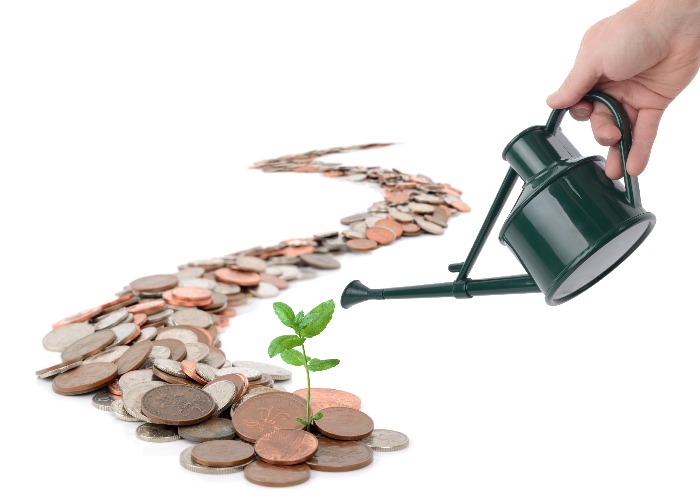
Lowest earners to receive interest on savings tax-free.
The 10% starting rate of tax on savings is being abolished and replaced with a new 0% rate this April. Alongside the new rate, the amount of savings that the 0% rate will apply to is jumping from £2,880 to £5,000.
This is great news for anyone on an annual income of less than £15,600, as they will be able to receive interest on up to £5,000 without paying any tax. But you must register your savings account(s) to take advantage of this arrangement.
How does this work?
If you have an annual income less than £15,600 and are paid interest on your savings, you can register to have the interest exempted from taxation.
Note that when calculating your annual income, you should include all taxable wages, pensions, benefits, and take into consideration any tax-free personal allowance transferred or received from your spouse or civil partner.
HMRC has set up a calculator that helps you figure out whether or not you are eligible.
HM Treasury gives the following example of how this works in practice.
Case study: Derek
From April 2015, Derek will earn £12,000 a year in his part-time job as a gardener. His tax-free personal allowance is £10,600, so he is taxed at 20% (the basic rate of income tax), on £1,400 of his wages.
He then earns £50 a year in savings income (interest earned on his savings). When you add up Derek’s earnings and his savings income it is less than £15,600, so Derek is eligible to register for tax-free savings.
Derek will still pay 20% tax on £1,400 of his wages, meaning that his total tax bill comes to £280 for the year. But he will no longer be taxed on the £50 he earns in interest on his savings.
[SPOTLIGHT]If your non-savings income is less than £15,600, but the interest you receive pushes you over the threshold, you can still benefit by claiming back some of the tax on your savings income. If you have, for example, an annual income of £15,000 from your wage or salary, and earn £1,000 in interest, you can make a claim for a partial refund by filling out an R40 form.
For those of us with non-savings income of over £15,600, interest on savings will be taxed at 20%.
Enjoy tax-free savings returns with a Stocks & Shares ISA
How to register
Firstly, you need to calculate whether or not you're eligible to register. If you are, then you must speak to your bank or building society directly, or alternatively you can complete an R85 form and submit it to the relevant organisation.
Around one million people will no longer have to pay any tax on their savings, according to Treasury estimates, while a further 500,000 could benefit by claiming back some of the tax paid on their interest.
Don't forget your ISA!
All savers can benefit from tax-free savings with the use of an ISA. You can shelter up to £15,000 this tax year in an ISA, meaning that you won't pay anything on the interest.
With rates on Cash ISAs so poor, you may be better off looking at Stocks & Shares ISAs. To learn more about this type of account, read our beginner's guide as an introduction.
Enjoy tax-free savings returns with a Stocks & Shares ISA
More from lovemoney.com:
Average income is now back to pre-recession level